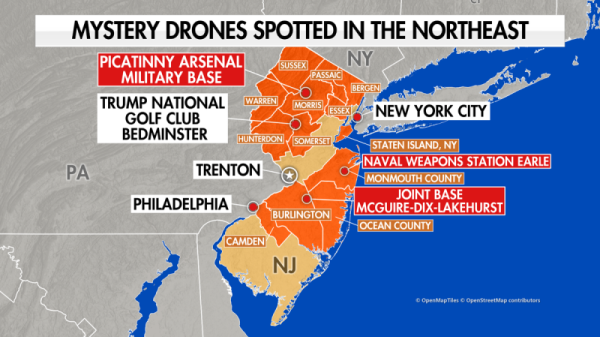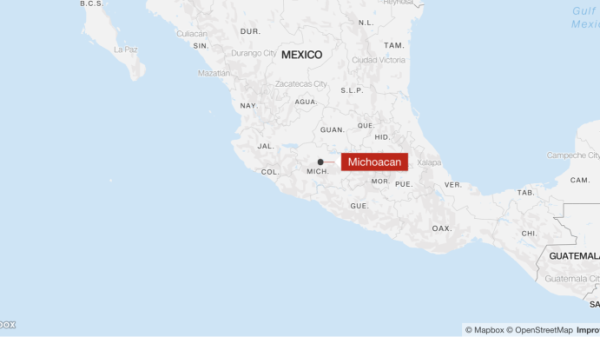Hurricane Lee has strengthened back into a Category 3 hurricane with maximum sustained winds of 120 mph, satellite pictures and data from a hurricane hunter plane indicated Sunday.
The powerful storm, which has fluctuated in intensity throughout its time over the open Atlantic, is expected to become a very dangerous Category 4 by late Sunday or early Monday morning, according to the National Hurricane Center.
“Dangerous surf and rip currents have begun to reach portions of the southeast (United States) East Coast and are forecast to worsen and spread northward along much of the US East Coast during the next couple of days,” the National Hurricane Center said in an update Sunday.
Lee is forecast to slow down considerably as it moves well north of Puerto Rico, the British and US Virgin Islands and the northern Leeward Islands, but it will have an impact there and on other Caribbean islands. It remains too early to determine its long-term track for later this week and how significant the impacts could be for northeastern US states, Bermuda and Atlantic Canada.
By midweek, Lee will make a turn to the north, eventually moving between Bermuda and the US East coast late this week.
The East Coast is bracing for the same kind of large swells and rip currents that the Caribbean is facing now.
“Swells generated by Lee are affecting portions of the Lesser Antilles,” the National Hurricane Center warned Friday night. The British and US Virgin Islands, Puerto Rico, Hispaniola, the Turks and Caicos Islands, the Bahamas and Bermuda also face swells this weekend that can bring life-threatening surf and rip conditions.
Waves breaking at 6 to 10 feet were forecast for Sunday, according to the National Weather Service office in San Juan, Puerto Rico. Larger waves were expected this week along east- and north-facing beaches.
“Beach erosion and coastal flooding is possible,” the office posted on social media.
Lee was centered around 285 miles north-northeast of the northern Leeward Islands at 5 p.m. ET Sunday, moving west-northwest at 8 mph.
Lee, which was a Category 1 storm Thursday, intensified with exceptional speed into Category 5 status as it moved west across the Atlantic, more than doubling its wind speeds to 165 mph in just a day.
Vertical wind shear and an eyewall replacement cycle – a process that occurs with the majority of long-lived major hurricanes – has since led to the weakening of the storm, the hurricane center said.
Differing scenarios on Lee’s impact
Computer model trends for Lee have shown the hurricane taking a turn to the north early this week. But exactly when that turn occurs and how far west Lee will manage to track by then will play a huge role in how close it gets to the US.
Several steering factors at the surface and upper levels of the atmosphere will determine how close Lee will get to the East Coast.
An area of high pressure over the Atlantic, known as the Bermuda High, will have a major influence on how quickly Lee turns. A strong Bermuda High would keep Lee on its current west-northwestward track and slow it down a bit.
As the high pressure weakens this week, it will allow Lee to start moving northward. Once that turn to the north occurs, the position of the jet stream – strong upper-level winds that can change the direction of a hurricane’s path – will influence how closely Lee is steered to the US.
Scenario: Out to Sea
Lee could make a quick turn to the north early this week if high pressure weakens significantly.
If the jet stream sets up along the East Coast, it will function as a barrier that prevents Lee from approaching the coast. This scenario would keep Lee farther away from the US coast but could bring the storm closer to Bermuda.
Scenario: Close to East Coast
Lee could make a slower turn to the north because the high pressure remains robust, and the jet stream sets up farther inland over the Eastern US. This scenario would leave portions of the East Coast, mainly north of the Carolinas, vulnerable to a much closer approach from Lee.







































